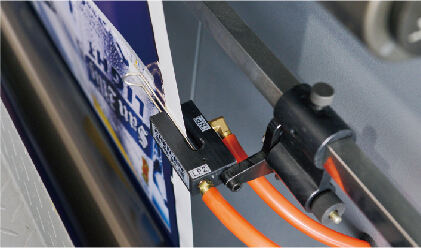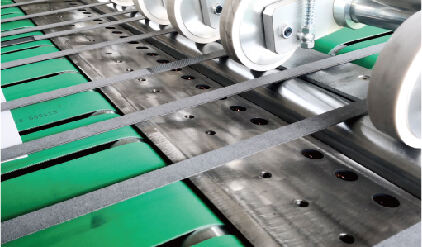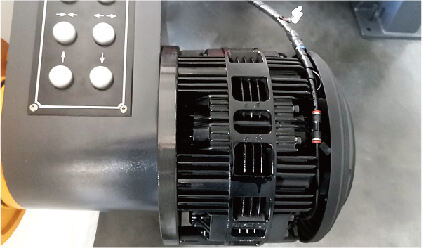heating die cutting
Heating die cutting represents a sophisticated manufacturing process that combines thermal energy with precision cutting techniques to create precise shapes and components from various materials. This advanced technology utilizes heated dies or tools to simultaneously cut and seal materials, making it particularly effective for synthetic fabrics, plastics, and composite materials. The process involves raising the temperature of the cutting die to a specific level, which allows for clean, precise cuts while simultaneously sealing the edges of the material, preventing fraying and ensuring product durability. The system typically consists of a heated platen, temperature controls, adjustable pressure mechanisms, and interchangeable cutting dies. Operating temperatures can be precisely controlled, usually ranging from 100°C to 300°C, depending on the material being processed. The technology finds extensive application in industries such as automotive, packaging, textiles, and electronics, where it excels in producing components with sealed edges, complex shapes, and consistent quality. The process is particularly valuable for materials that require both cutting and edge sealing in a single operation, significantly improving production efficiency and product quality.


